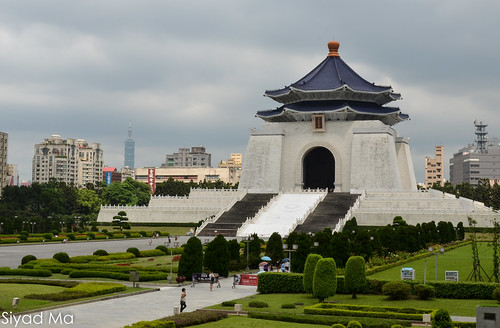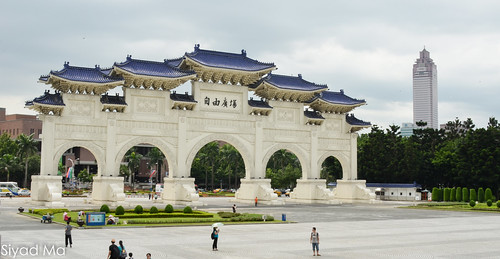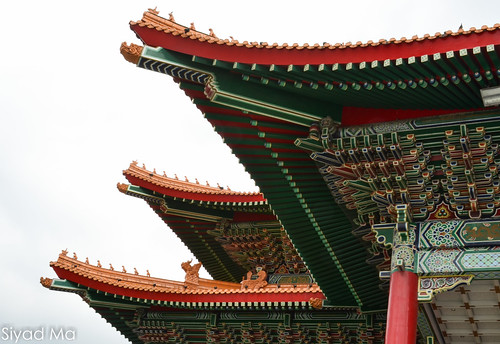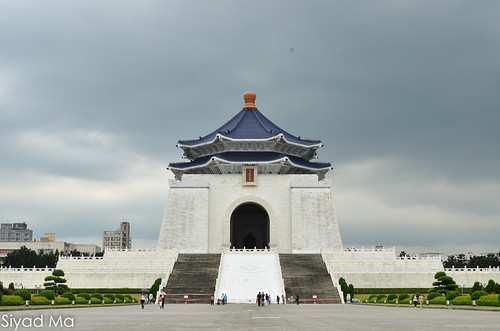I had my Sony a7r for almost a month now, and need to decide soon whether I should keep it or return it. I have decided on keeping it, and here are the reasons why.
There is no perfect camera for everybody. I believe that if a camera is designed to do everything, then you can find flaws in everything it does. As any experienced photographer will tell you: the best way to choose a camera that suits you is to look back at your recent photos, and see what photos you take.
My recent photos are:
1.
Travel photos: I don't have much time to take photos when I am doing my day job. So when I am on vacation, I take as many photos as I can. My travel photos range from landscape, cityscape, architecture, to street photography.
2.
Event photos: Mainly Chinese School events. These include performances, fairs, and ceremonies, which can be indoor or outdoor, day or night.
3.
Close-up photos: I can't call them macro photos because I don't own a macro lens yet. I shot mainly flowers, but if I get a macro lens, I would expand this to other things like coins, IC die photos, etc.
Given that my kids will all be done with Chinese school soon, I won't be photographing many events *I hope* moving forward.
My last few long trips, I had to haul my Nikon D800 (or D7000 before that), and 2 or 3 lenses, which weigh almost 10 lbs. My shoulder would hurt carrying this for a few hours a day. I am not getting any younger, and I am not done traveling, so reducing weight is a priority. But I am only willing to do so if it does not substantially degrade the quality of the photos I take (their quality are not that high to begin with :)
I am not a professional photographer, so I can live with some imperfections. On the other hand, I would rather not have my equipment limit my ability to learn how to improve my skills. The review here is solely my non-professional opinion of the equipment I have on hand, so please take it with a grain of salt.
With these goals in mind, I experimented with the Sony a7r using the following lenses:
1. Sony Vario-Tessar T* FE 24-70mm F4 ZA OSS. This is the only E-mount lens I have right now.
2. Tamron SP 24-70mm f/2.8 Di VC USD for Nikon
3. Nikon 16-35mm f/4 ED VR II AF-S IF SWM
4. Nikon
50mm f/1.4G AF-S SIC SW
5. Nikon 35mm f/1.8G AF-S DX
6. Nikon 85mm f/1.8D AF
7. Nikon 28-300mm f/3.5-5.6G ED VR AF-S
Notice that all lenses are full frame except the 35mm, which is an APS-C lens, but can cover most of the full frame. All Nikon lenses were mounted with a Chinese made Nikon G lens to Sony E-mount adapter which I got from eBay for $20. There are many other options online, but this is the cheapest I can find for G lenses (allow aperture control) and also has a tripod mount.
My test criteria were:
1. Portability
2. User control / Ease of use
3. Image quality
4. Cost
5. General a7r issues you see on the web
Here are my results.
1. Portability (Size and Weight)
The weight of the Sony a7r body is so much lighter than the Nikon D800 body that I used to have, but you already knew that. You can check the numbers by doing side-by-side comparisons on dpreview.com (half the weight and about 1/3 the volume).
But the camera body is just one piece of equipment. You need to take the lenses into account.
I don't have my Nikon D800 anymore, so the photo below shows the difference between a Sony a7r with the Sony 24-70mm f/4 lens and a Nikon D7000 with a Tamron 24-70mm f/2.8 lens. The Tamron is a faster lens, and the Sony 24-70mm has its problems, but I am willing to live with its issues for a much reduced weight and size.
 Nikon D7000 w/Tamron 24-70mm f/2.8 (3 lb 9.1 oz)
Sony a7r w/Sony 24-70mm f/4 (2 lb 1 oz)
Nikon D7000 w/Tamron 24-70mm f/2.8 (3 lb 9.1 oz)
Sony a7r w/Sony 24-70mm f/4 (2 lb 1 oz)
Once you use a Nikon lens with the adapter, the size advantage goes away. The photo below shows the a7r with the Nikon 50mm vs. the D7000 with the Nikon 35mm DX. The two lenses are almost the same size. Notice that the a7r sticks out more, because I think the sensor plane is closer to the front of the camera body than the D7000.
 Nikon D7000 w/Nikon 35mm f/1.8 DX (2 lb 6 oz)
Sony a7r + lens adapter + Nikon 50mm f/1.4 (1 1b 14.3 oz)
Nikon D7000 w/Nikon 35mm f/1.8 DX (2 lb 6 oz)
Sony a7r + lens adapter + Nikon 50mm f/1.4 (1 1b 14.3 oz)
If I put the Tamron lens on the a7r, it looks ridiculously long. Oh yes, in case you are wondering, this is the lens that was recovered by lenstag.com.
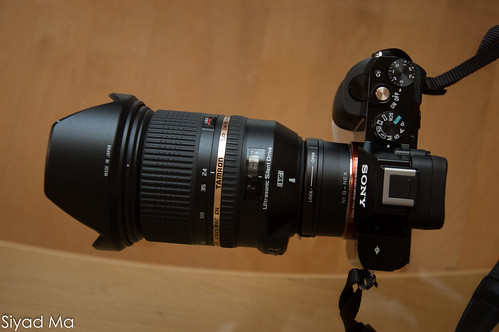 Sony a7r + adapter + Tamron 24-70mm f/2.8 (3 lb 2.2 oz)
Conclusion: Other than the Nikon primes, I will probably not use the adapter with any of my Nikon zoom lenses.
Sony a7r + adapter + Tamron 24-70mm f/2.8 (3 lb 2.2 oz)
Conclusion: Other than the Nikon primes, I will probably not use the adapter with any of my Nikon zoom lenses.
2. User control / Ease of use
Even though I have been shooting Nikon for 30 years now, there has always been a learning curve adjusting from one generation of camera body to another. There was a learning curve for switching from manual focus to autofocus 35mm film, from 35mm film to first DSLR (D70, viewfinder shrunk all of a sudden), and finally from consumer DSLR (D7000) to prosumer DSLR (D800).
I view this as another switch that I had to adjust to, and so far it has been relatively smooth. There were many complaints online for lack of this feature or that feature, but I find the customizable buttons to be very useful.
The biggest drawback for a user switching from Nikon system is that you lose EXIF data, autofocus and VR with your Nikon lenses. I envy those Canon users who can use the latest Metabones adapter which communicates with the lens electronics to support all these features. Still hoping someone would do the same for Nikon, but I highly doubt that anyone would be producing one anytime soon.
So without autofocus, and my eyesight not getting any better, I have to rely on focus peaking (see photo below). It works, but the object you are focusing on must have some lines or edges with high contrast for it to be effective.
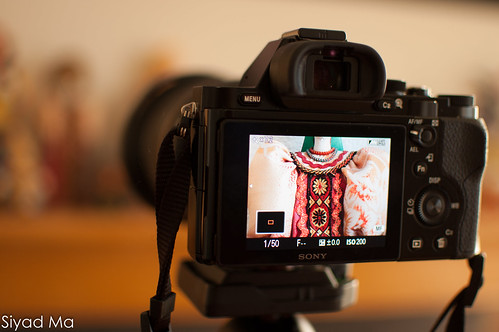
Since picking up my first autofocus SLR 25 years ago, I kind of lost the skill to do manual focus quickly and accurately. The shot below was taken in Stanford Memorial Church, when a tour guide allowed people go onto the mosaic floor. I quickly slapped the Nikon 16-35mm on my camera and followed the tourists, but I totally missed the focus (see photo below).
 Nikon 16-35mm, focus failure!
Nikon 16-35mm, focus failure!
Once I had time to set up the camera on a tripod and adjust the focus, I had no problem getting a good sharp photo with the same lens.
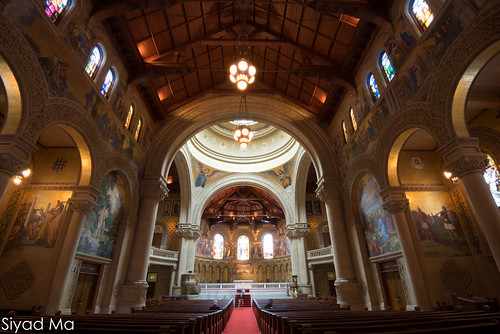 Nikon 16-35mm, ~f/16, 25s, ISO200
Nikon 16-35mm, ~f/16, 25s, ISO200
A few notes regarding the lens adapter
1. It is hard to remove the Nikon lens from the adapter. There is a little spring lever that you need to push down to release a peg on the adapter that fits inside a hole on the lens mount, but sometime the peg gets stuck in the hole and you have to wiggle the lever around to loosen it. Oh well, you get what you paid for.
2. Since there is no aperture control on Nikon G lens, adapters that support these lenses typically allow you to twist a ring to control the aperture tab on the lens. Since this tab only moves like 10 degrees on the lens, the ring only twists for a very small range to go from wide open aperture to the smallest opening. This makes it very hard to estimate what aperture I am on, as you may change a full stop or two with a very tiny twist. This may be ok for tripod shots, but for handheld shooting, one must be careful that the aperture ring does not move accidentally while taking a shot.
Conclusion: Focus peaking works for me only when I have time to adjust my settings, usually with the camera on a tripod. If I want to capture any 'in the moment' shots, I will need to invest in some E-mount lenses.
3. Image quality
There should be no doubt that the image quality is superb. I think I am limited only by the lenses that I own and the skills that I possess.
Indoor Still Photos
I took a series of photos with the lenses listed above, varying focal lengths and apertures. All shots were taken on a tripod, with 2s delay, ISO 200, auto white balance with ambient lighting. All photos were shot RAW, and converted to JPG in Lightroom with no processing.
Almost all photos looked decent to me. The photos with the worst quality are those using the Nikon 28-300mm as expected. Due to the short distance, I believe when I set the focal length to 300mm, it did not actually zoomed all the way to 300mm equivalent. You can see some vignetting on the 35mm DX lens, and distortions on all wide angle lenses.
You can see the photos here and judge by yourself. Maybe some professional eyes can give better comments.
Notice that for Nikon lenses using the adapter, I varied the aperture ring to 4 positions, fmax, flarge, fsmall, and fmin (from widest opening to narrowest).
Also some photos have spots or artifacts due to dust on either the sensor or the lens. I noticed this only after I took these shots.
Outdoor Architecture Photos (all taken on tripod)
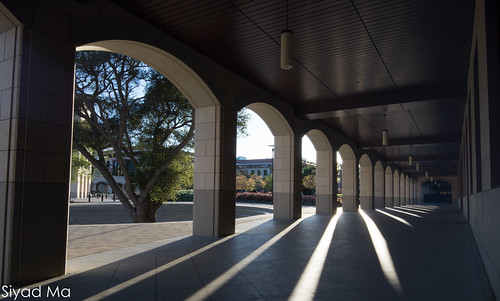 Nikon 16-35mm at ~20mm, ~f/22, 1/15s, ISO200, perspective corrected in Lightroom
Nikon 16-35mm at ~20mm, ~f/22, 1/15s, ISO200, perspective corrected in Lightroom
 Nikon 50mm prime, ~f/16, 1/50s, ISO200
Nikon 50mm prime, ~f/16, 1/50s, ISO200
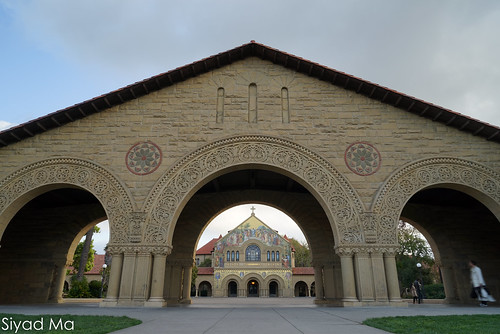 Sony 24-70mm at 24mm, f/16, 1/13s, ISO100
Sony 24-70mm at 24mm, f/16, 1/13s, ISO100
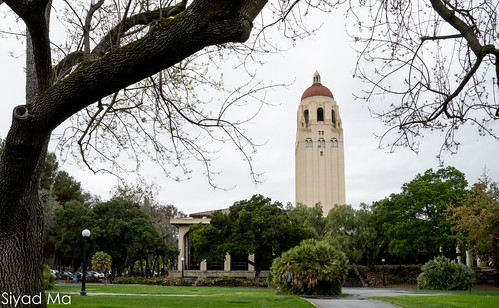 Sony 24-70mm at 27mm, f/16, 1/20s, ISO100
Sony 24-70mm at 27mm, f/16, 1/20s, ISO100
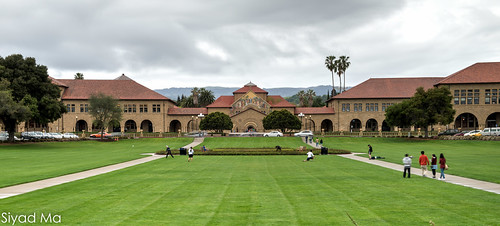 Sony 24-70mm at 68mm, f/16, 1/6s, ISO100, 4 image HDR merge in Photomatix Pro
Sony 24-70mm at 68mm, f/16, 1/6s, ISO100, 4 image HDR merge in Photomatix Pro
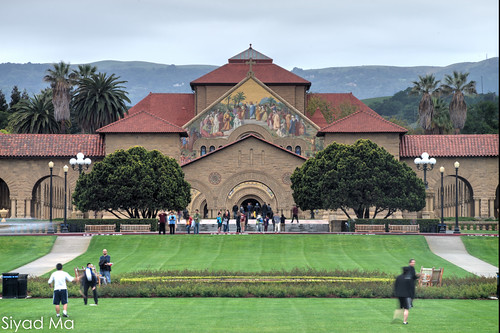 Nikon 28-300mm at 300mm, ~f/22, 1/6s, ISO100, 5 image HDR merge in Photomatix Pr
Nikon 28-300mm at 300mm, ~f/22, 1/6s, ISO100, 5 image HDR merge in Photomatix Pro
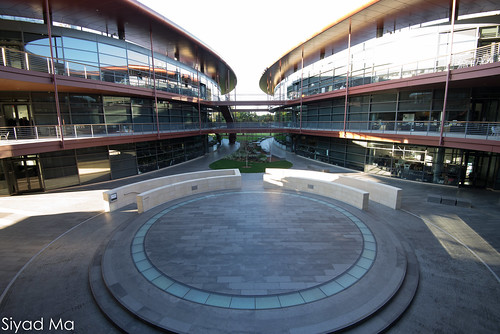 Nikon 16-35mm at ~16mm, ~f/22, 1/8s, ISO200
Night Photos (all taken on tripod)
Nikon 16-35mm at ~16mm, ~f/22, 1/8s, ISO200
Night Photos (all taken on tripod)
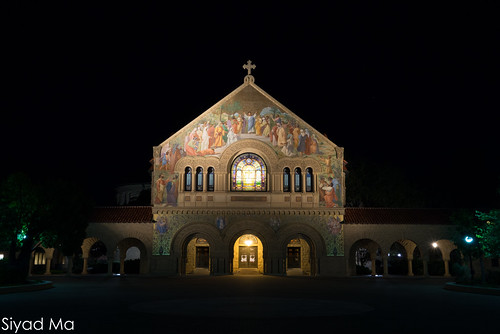 Sony 24-70mm at 38mm, f/16, 2.5s, ISO800
Sony 24-70mm at 38mm, f/16, 2.5s, ISO800
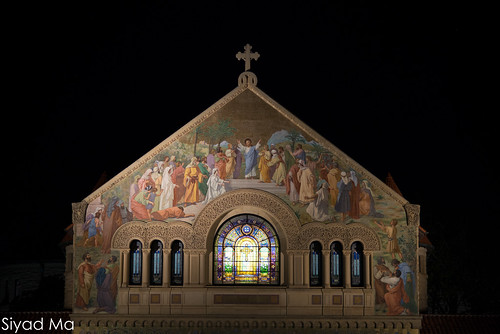 Nikon 85mm prime, f/16, 1/30s, ISO800
Nikon 85mm prime, f/16, 1/30s, ISO800
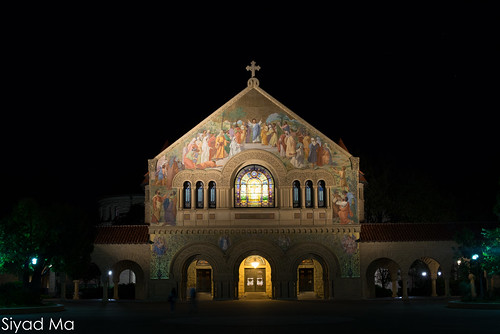 Nikon 50mm prime, ~f/16, 1s, ISO800
Nikon 50mm prime, ~f/16, 1s, ISO800
Notice that when subject is dark and far, focus hunting may occur with Sony 24-70mm lens, as in the example below. I had to turn off autofocus and focus manually with focus peaking.
 Sony 24-70 at 70mm, f/16, 10s, ISO 200
Outdoor Handheld Photos
Sony 24-70 at 70mm, f/16, 10s, ISO 200
Outdoor Handheld Photos
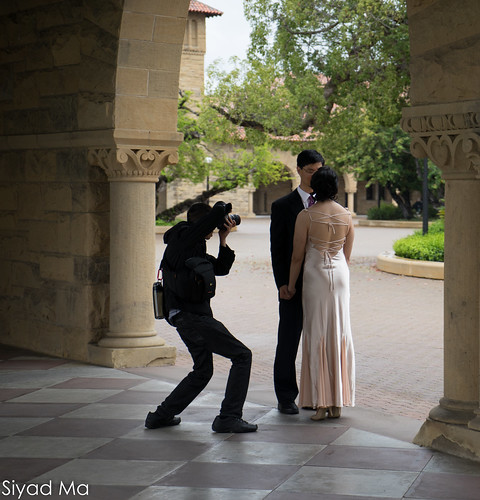 Sony 24-70 at 70mm, f/4, 1/500s, ISO400
Sony 24-70 at 70mm, f/4, 1/500s, ISO400
 Sony 24-70 at 70mm, f/16, 1/80s, ISO800
Sony 24-70 at 70mm, f/16, 1/80s, ISO800
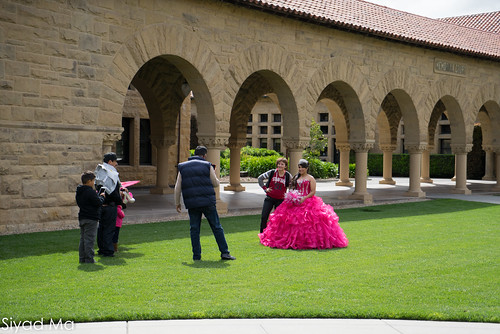 Sony 24-70 at 68mm, f/4, 1/5000s, ISO800
Bokeh Test
Sony 24-70 at 68mm, f/4, 1/5000s, ISO800
Bokeh Test
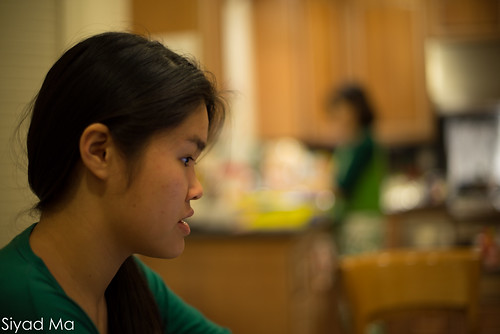 Nikon 50mm at f/1.4, 1/3s, ISO100, handheld
Close-up Test
Nikon 50mm at f/1.4, 1/3s, ISO100, handheld
Close-up Test
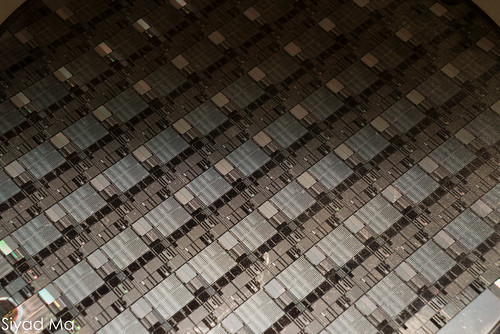 Sony 24-70mm at 70mm, f/16, 25s, ISO100, tripod
Conclusion: Very satisfied with image quality. Need to get used to handheld manual focus.
Sony 24-70mm at 70mm, f/16, 25s, ISO100, tripod
Conclusion: Very satisfied with image quality. Need to get used to handheld manual focus.
4. Cost
This is the main reason why I jumped on the Sony a7r. At $2300, it is already $1000 less than Nikon D800e. Then there is $200 off if you bundle with the 24-70mm lens, $300 off if you trade in an old camera (I sent in my old D70), 4% credit from Adorama, and 3x points (worth 3%) in Employee Purchase. Plus Adorama included a $50 gift certificate, and a 3 year service contract.
Conclusion: whatever discount or credit I got, I will probably end up spending on accessories or more lenses.
5. General a7r issues you see on the web
Some of the major issues that Sony a7/a7r users reported are:
a. Light leak - this mainly affects folks who are doing long exposure in the daylight (with strong ND filters). I have not tested this as I typically don't do this.
b. Shutter shock - I have not experience this issue when mounted on a tripod. When I shoot handheld, hand shake is a bigger issue for me, especially with long Nikon lenses where VR doesn't work.
c. Loud shutter noise - it is loud. I wouldn't use this in a quiet place.
d. Slow autofocus - I think I am fine with the type of photography I do. If I need faster autofocus, I may consider buying a Sony a6000 as a second body.
e. Compressed RAW files - As I stated, minor imperfections do not bother me.
Any others?
What's Next?
OK, I have decided on keeping this camera. Here is what I need next:
1. Spare battery and battery charger - Battery can drain pretty fast if used for a whole day. Sony does not include a charger, you need to plug in the camera to charge the battery :(
2. Set up remote control - I can supposedly use my iPhone to trigger the camera. I haven't tried it yet. If I need fancier features, I will need to buy some apps (probably won't need this).
3. Buy more E-mount lenses - the ones I am considering are 70-200mm f/4, 10-18mm f/4. The latter is not a full frame lens, but have full frame coverage between 12-15mm as reported by various people online. Full frame Ziess prime lenses are awesome, but way too expensive for an amateur like me.
4. Find time to take more photos!


